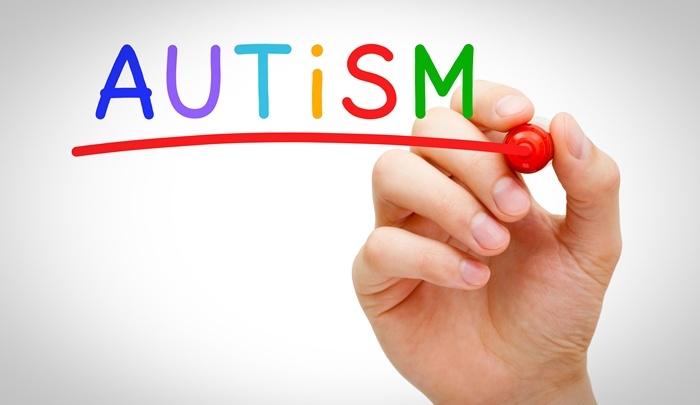
Many people aren’t exactly sure what Autism is, or looks like. The fact is that there is such a wide range of symptoms and forms of Autism Spectrum Disorder. The word “spectrum” conveys the message that there are many different levels and degrees of Autism. We have put together a guide to this disorder for parents to relate to and use as a resource.
Causes and Symptoms of Autism Spectrum Disorder
One of the criteria for a child to be diagnosed with Autism is that they have to display symptoms in the first two to three years of life. The main signs and symptoms are showing problems with socialisation and communication skills, and having repetitive behaviors. Some children are able to speak well, but do not pick up on tones, or social cues like winking. They are often socially withdrawn and will do or enjoy repetitive actions or noises. If you are concerned about your baby or toddler, speak with your pediatrician.
No one knows exactly what causes Autism Spectrum Disorder. Of course there are theories and suggestions. Which is quite a big debate within scientific and health organisations. Most scientists and professionals agree that Autism can be genetic or environmental. There is still a big disagreement among scholars on whether or not childhood vaccines cause this disorder, but no evidence has suggested a correlation.
Early Detection of Autism is the Key to Possible Treatment
A child with Autism can have a totally gratifying and happy life. Early detection is the best way to battle this condition. The children who are diagnosed early usually undergo a treatment plan that involves developmental learning for at least 25 hours per week, as well as social and group activities. Most children will have one therapist that can come out to the home and work with them. This is quite common. Many schools now have programs available for special needs children and even just a program for children with Autism that will aid in their developmental and social needs. These programs will ensure that your child is getting the proper stimulation on a daily basis. Sometimes it is one class during the day or it is an all day class. It is also essential for parents and family members to get special training to understand your child’s needs better. Autism can be complicated and make things a little tougher, but with the right resources, you and your family will be prepared in allowing your child to flourish and have the necessary tools to get the best results and opportunities out of life.
Autism and Cerebral Palsy
Autism is being increasingly diagnosed in children and cerebral palsy is one of the most commonly diagnosed disabilities in children, so it is little wonder that they may be related and that they seem similar. Both are disabilities related to the brain: cerebral palsy is related to areas of the brain associated with muscle tone and movement and autism is related to the parts of the brain that control social interaction and communication.
A child with cerebral palsy may have behavioral, social, and intellectual challenges, but not all do. With autism spectrum disorders, on the other hand, some of the main diagnostic criteria and symptoms are related to communication difficulties and socialization challenges. A similarity between the two conditions is that both can be managed and treated with various strategies from physical therapy to medication and educational interventions.
There may be even deeper connections between autism and cerebral palsy. Research has found that autism is significantly more common in children with cerebral palsy. One study found that seven percent of children with cerebral palsy were also diagnosed with autism, as compared to about one to two percent in the general population. Another study found that certain genetic factors might contribute to the development of both conditions, so that a child with these genes is more likely to be diagnosed with both cerebral palsy and autism.
If you have a child who has Autism, you are not alone. There are organisations and support groups all over the country that can aid in the coping process. This disorder has affected millions of families as it is becoming more common in America, Europe, and even Japan. One organisation that has become quite prevalent is Autism Speaks. They have very useful information for parents. Remember, your child or any Autistic child can lead a normal life with the right treatments and resources if started at an early age.
Resources
https://autismsciencefoundation.org/what-is-autism/autism-and-vaccines/
http://www.nimh.nih.gov/health/topics/autism-spectrum-disorders-asd/index.shtml
https://www.cerebralpalsyguidance.com/

